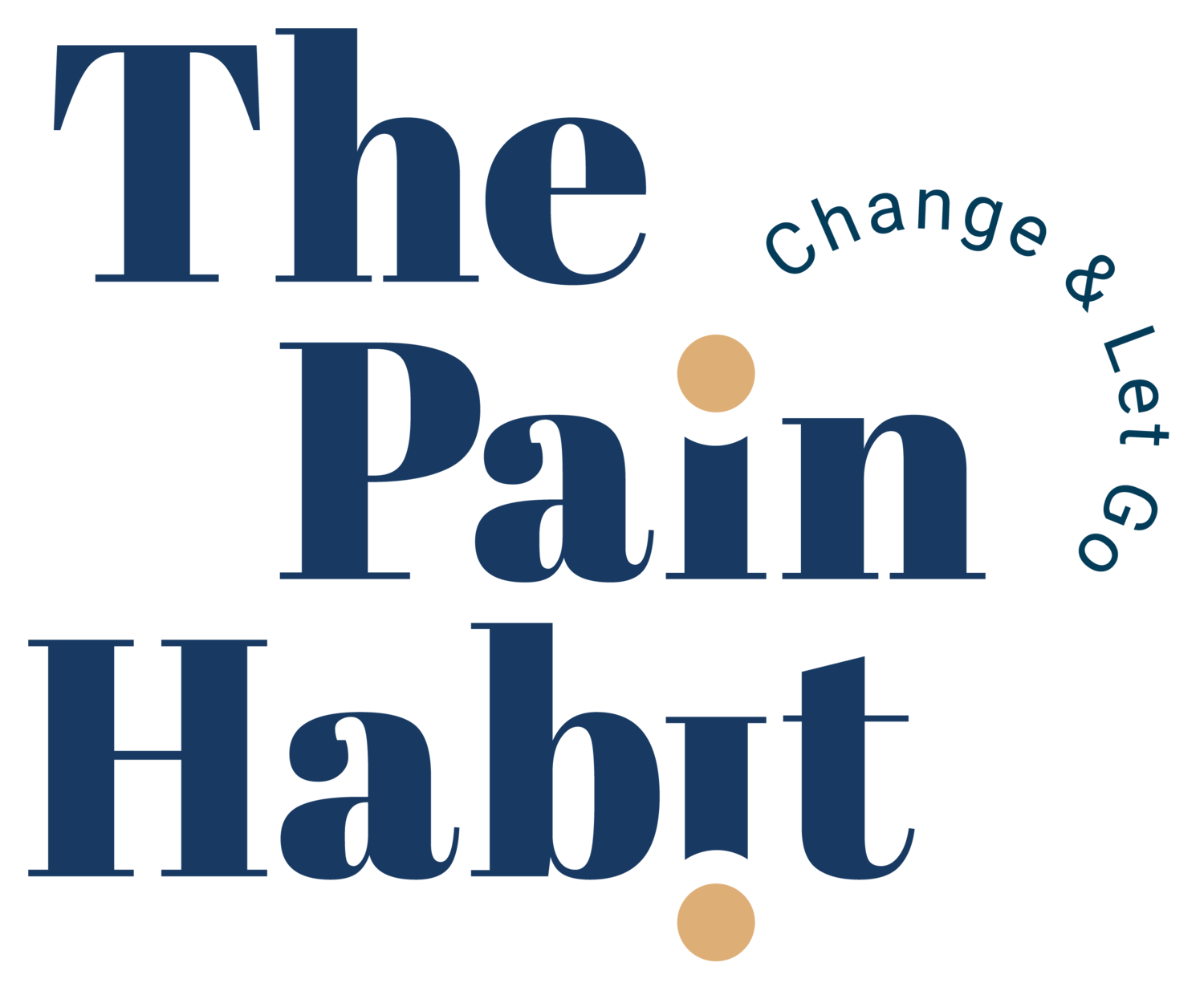What Is The Explanation For Chronic Fatigue And Brain Fog?
A Question
A patient posed a question to me. ‘What is the explanation for chronic fatigue and brain fog? I understand with pain; the brain misinterprets physical sensations. How does it work for non-pain?’
Pain or fatigue is contextual.
It affects the system overloaded through the stress response or the system neglected during the stress response.
Warnings appear before pain or fatigue, but our focus is so intent on what we are stressed about that we miss, ignore, push past, or fight the earlier sensations.
Pain and fatigue potentially come next. Ignore them, and tissue damage, injury, system overload or disease potentially follow.
If it’s the musculoskeletal system overloaded, then that’s where the pain will appear.
Overthinking
If it’s overthinking about a stressful situation, it could be headache, migraine, brain fog, or perhaps lack of concentration.
Similarly, digestive, reproductive, cardiac, respiratory, and immune systems fail during the overload or neglect with their respective symptoms.
It depends on where the stress is represented within you and what context your brain as an organism recognises as under threat.
Sophisticated System
It’s such a sophisticated system that the pain or fatigue is perfect for stopping the individual’s conscious intent to continue despite the previous warnings.
It’s not that person's fault because they’re often just using a default mechanism that they believe will resolve their feelings.
Unfortunately, chronic pain or fatigue is usually the result of repetitively using a stress response to overcome a stress response.
Pain and fatigue eventually stop the conscious intent of the organism in its tracks from using that behaviour again because it sees further use of that mechanism as a threat to the survival of the organism itself.
The unconscious system takes control of the conscious system.
Perfect Answer But Imperfect Feeling
Pain or fatigue is always perfect, but the interpretation of it is often imperfect. Understanding that pain or fatigue are protective helps to see those sensations as needing reassurance.
Demonstrations of Saftey
We need demonstrations of safety that come from within. Thoughts, breathing patterns, movements and emotions all represent the same safe, caring and loving message to resolve any stressful feelings which our previous default behaviours haven’t yet and probably wouldn’t ever manage to settle.
What’s the next step you could take and how could you demonstrate that sense of safety to yourself?
What’s next?
Take Your First Step to Recovery.
Join our FREE private Facebook group, The Pain Habit Community, to see how others have successfully returned to a pain-free life. Get support on your journey.
Sign up for The Pain Habit Blog below.
Subscribe to The Pain Habit YouTube channel.
Buy The Pain Habit book. Order here.



